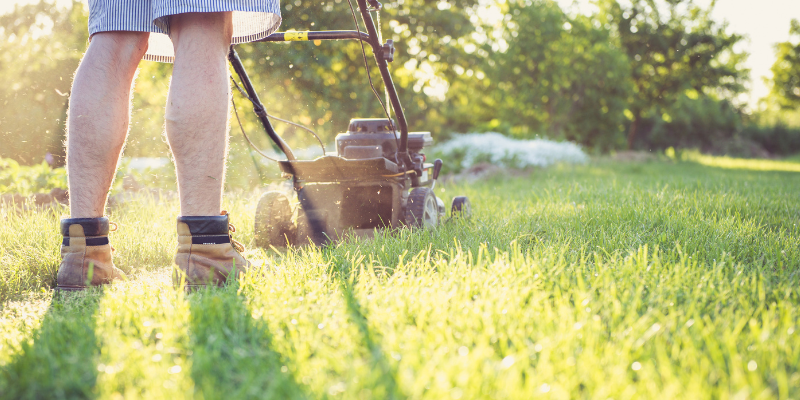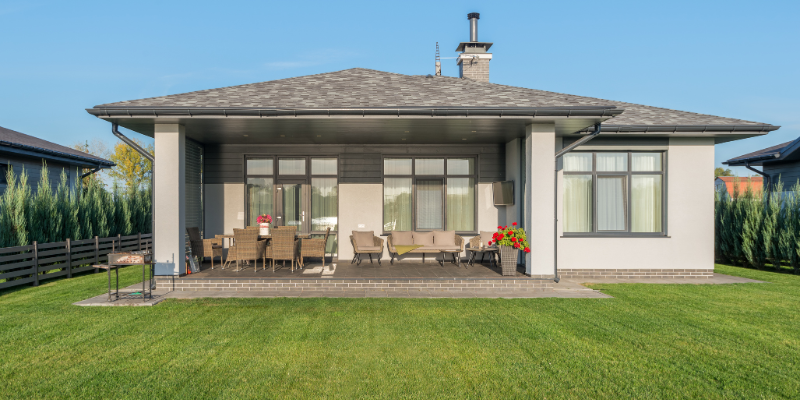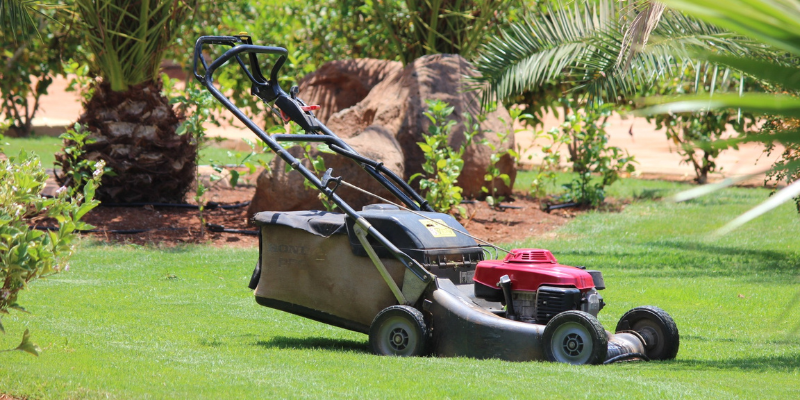Unveiling Tips For Creating A Low-Maintenance Lawn
Everyone desires a beautiful lawn because a lovely, lush green lawn is generally considered to embody outdoor designs. Though it can be expensive, labour-intensive, or time-consuming, your desire is worth more than any amount of money. But if money is a problem, then you desire to experience the beauty of a well-kept yard without the burden of constant maintenance and a low-budget perfect garden. This article will explore the tactics and techniques to create a low-maintenance lawn with minimal effort and resources.

Design And Planning
Begin by observing your contribution level to the garden and the attributes and components that hold the most tremendous significance for you. Not everything goes down the drain. For example, if cultivating vegetables is highly valued, nurture a veg patch that will cater to your requirements. Optimize the resources by reducing unnecessary tasks, such as substituting lawns with hardscaping or replacing rose gardens with low-maintenance shrubs.
Following these plans can reduce your labour to maintain the garden.
1. Concentrate on work-intensive areas near your home or shed, such as vegetable cultivation and composting. This optimizes efficiency and reduces energy expenditure, as you won’t have to worry about carrying tools or soil long distances.
2. Consider adding a water tap near the spots where water is most required, such as a greenhouse and garden bed. This will make watering the plants quicker and easier.
3. If you have many pots and planters, setting up an automatic irrigation system is the best way to maintain a water hydration system. If you are busy, consider this process to save routine hydration tasks and keep your plant healthy.
4. Create a well-planned layout so everything is accessible. This will reduce unneeded runs and make gardening more enjoyable.
Grass Varieties For Low Lawn Maintenance
You should begin by selecting suitable grass for your lawn. Native grass varieties are ideal as they require low maintenance and possess inherent climate resilience. These grasses require less water and maintenance, reducing soil erosion and minimizing water requirements and maintenance.
Moreover, soil type and conditions are also considerable because plant growth and maintenance depend on soil texture. For example, Fine Fescue requires well-draining soil to thrive. So, if your drainage system is not working, you must choose another grass.
Weed Control For Low Lawn Maintenance
Weed control is one of the most complex and labour-intensive parts of lawn maintenance, so exploring options to make it easier is beneficial. While treatments like herbicides and chemical weed control may yield rapid results, periodic care for weed prevention will be necessary.
Rather than giving a lot of treatments of herbicides and weed control chemicals, it is better to encourage healthy plant growth by organic methods like mulching and composting. It is better to use landscaping fabric in your planting beds and planting ground covers in bare spots where weeds would grow; your plants will thrive to the point where there is no place left for weeds to sprout and spread. If weeds are already present in the garden, try to pull them with your hands and avoid the usage of herbicides and chemicals. These low-maintenance methods can then be used to make weed control methods effective.
Things To Avoid
While exploring methods for low maintenance, try to avoid some minor mistakes.
1. Containers require extensive upkeep, including watering and handling. Use larger planters with more compost, which should dry up more slowly.
2. Plants that cannot withstand the cold require additional maintenance, such as replanting them annually, bringing them indoors, or wrapping them for the winter. Instead, pick hardy plants that require little care to remain outside throughout the year.
3. Bedding plants require much care to develop, such as germinating seeds or seedlings in a greenhouse before putting them outside. To avoid hard work, try a perennial meadow or permanent plants in borders instead of planting wildflowers yearly.

Benefits Of a Low-Maintenance Lawn
A low-maintenance lawn offers a range of benefits in addition to saving time. Here are some of them.
1. A low-maintenance lawn is budget-friendly.
2. It will positively affect the environment, as chemical inputs will be unnecessary, and a reduced amount of water will be used.
3. It will reduce the need for physically demanding yard maintenance and more time for leisure and family activities.
4. It can be highly drought tolerant.
5. It requires less fertilizers.
6. Low-maintenance plants are also weather-resilient.

Conclusion
If you implement the suggested strategies, it is very easy to create a low-maintenance garden. Select a grass suitable for your garden and employ innovative watering practices; your garden will look more elegant with less effort. Low-maintenance lawns are environmentally sustainable and eco-friendly. They don't require pesticides for their growth because the low-maintenance plants are resilient. A low-maintenance lawn will alleviate the strain of yard labour. Thus, you will have more time to do family activities and spend the time peacefully.





